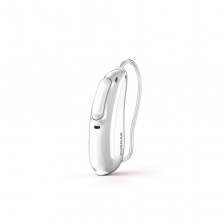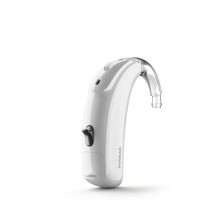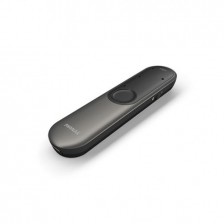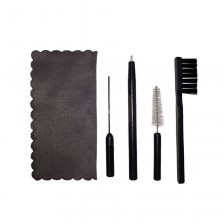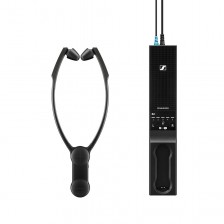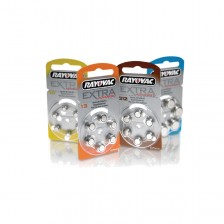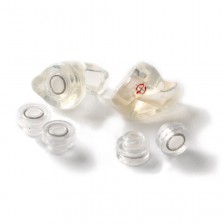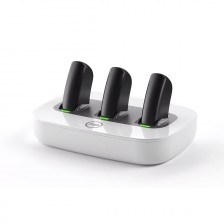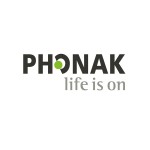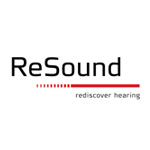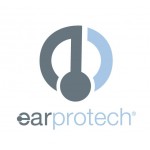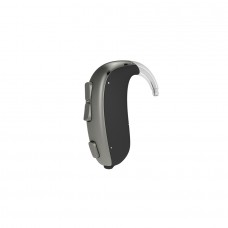What are Acoustic Otoemissions and what are they used for?


Today at Claso we’ve decided to talk to you about Otoacoustic Emissions. This term, which at first may sound complex, is not only simpler that it seems, but its use is also widespread in the world of hearing health, so we have considered it might be interesting to tell you as much as we can about this curious phenomenon.
An otoacoustic emission is a low intensity sound emitted by the cochlea, either spontaneously or provoked by an auditory stimulus, as a result of the activity of the hair cells of the Corti organ. The existence of these cochlear emissions began to be hypothesized in the 1940s, although their measurement was not a reality until the late 1970s, when microphones capable of recording such low intensity sounds were invented.
The presence of otoacoustic emissions in the ear helps to know several things about the patient's auditory state. To begin with, it indicates that the conductive mechanisms of the ear are functioning properly. Its presence also confirms that hair cells function normally, which in most cases can be directly related to a correct hearing sensitivity.
Otoacoustic emissions are divided into the following types:
- Spontaneous otoacoustic emissions: Emissions produced by the cochlea without any acoustic stimulus.
- Provoked otoacoustic emissions: Emissions produced in response to an acoustic stimulus. Depending on their characteristics, we obtain different types of provoked emissions:
- Transitory OAE: Emissions produced by a short duration stimulus, usually a click. They are used for the detection of cochlear injuries and especially in the early diagnosis of hearing loss.
- Frequential Stimulus OAE: Emissions produced in response to a continuous frequency stimulus.
Distortion Products: Emissions produced in response to 2 simultaneous tones of different frequencies. These otoacoustic emissions have great clinical utility, as they facilitate the early detection of slight cochlear damage that cannot be observed with conventional audiometry.
OASs are mainly used in patients who do not have the ability to participate actively in the test, as it is an objective test. As a consequence, the medical use of AEOs is quite oriented towards the paediatric world, and tests with otoacoustic emissions in neonates are quite routine: their results are easy to obtain, non-invasive, quick and give very reliable information on the cochlear status of the patient.


